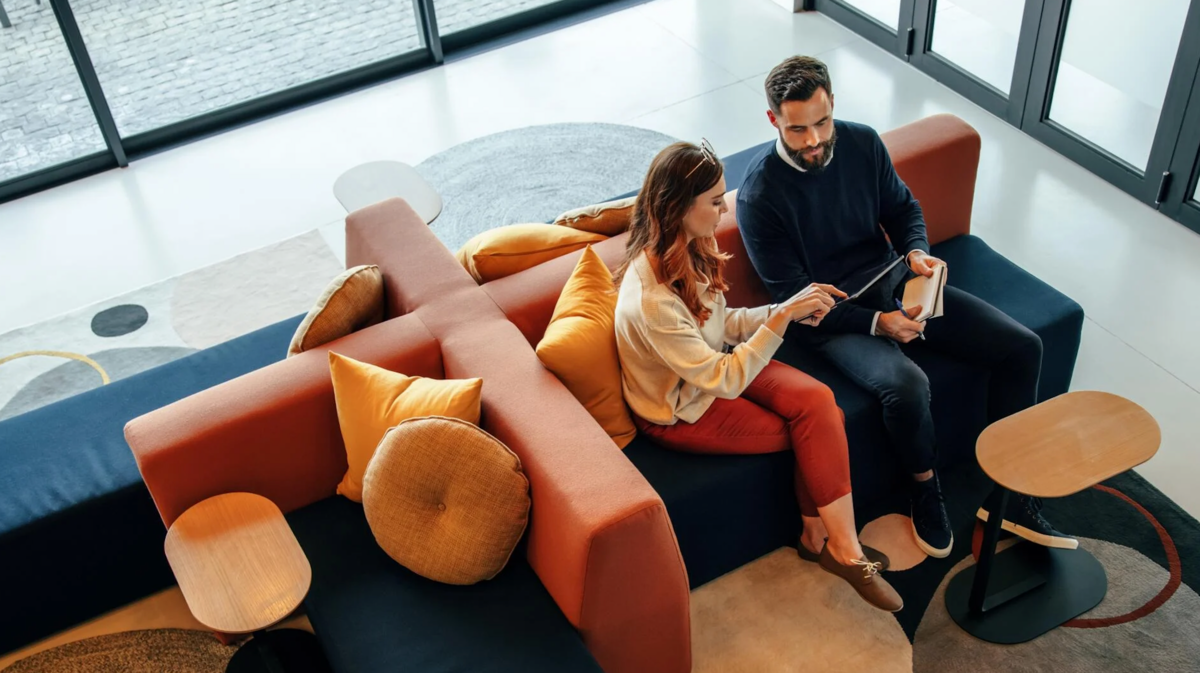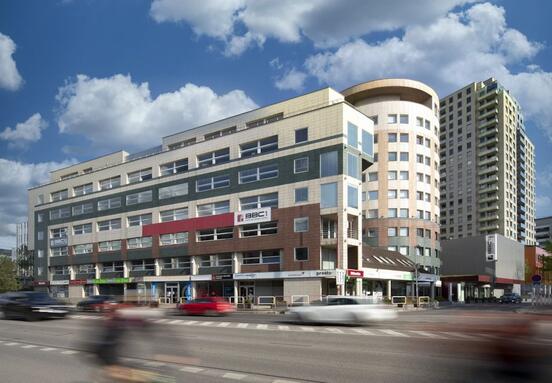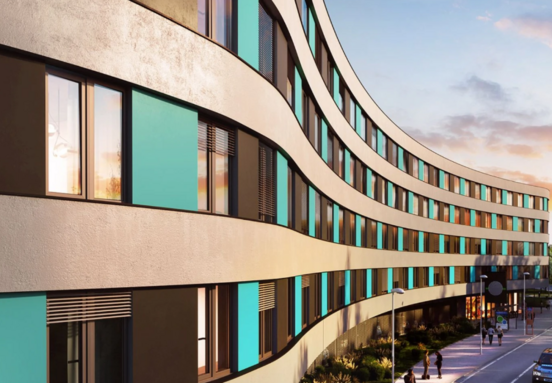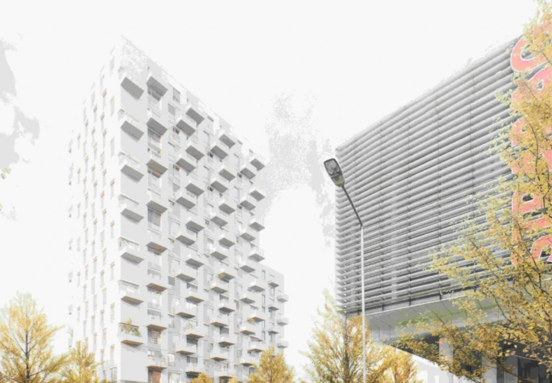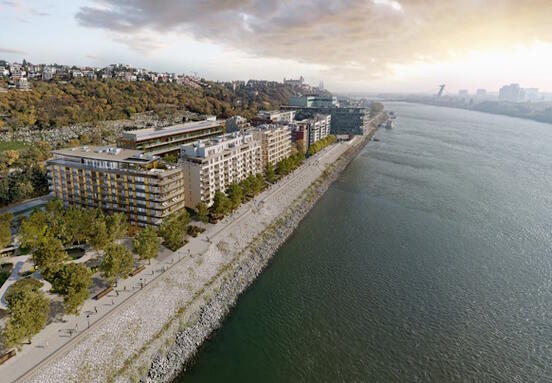1. In the office as at home
British design company Blueprint Interiors talks about bringing a sense of home into workspaces, for example in the form of sliding furniture, room lighting and temperature controls and alternative work spaces. During the pandemic, many workers got used to working from different areas and not sitting in one place for eight hours.
Offices should therefore offer a variety of room types for employees to choose from. This gives them a greater sense of autonomy and at the same time contributes to work well-being and higher productivity. "The work environment has a direct impact on the performance and efficiency of employees, so companies should invest in it," confirms Alma Career's PR manager Ľubica Melcerová.
2. Work-life balance
Both domestic and foreign designers draw attention to the so-called well-being. This is because it is a term that characterizes the balance between work and personal life, physical and mental health and sufficient social relationships.
In general, this balance can be worked into the office space through places to rest, plenty of greenery or even game rooms. However, co-founder of the Slovak Association of Interior Designers and Architects (SAID) Milan Illes points out the risks of mindlessly copying foreign trends.
"There is a possibility that we will also take over what is not suitable for us. Indirectly, we worsen our position. Let's give people the opportunity to talk openly about problems and challenges and let's listen to them. Let's look for the best solutions for specific cases and the needs of companies and their employees," says the expert.
3. Hybrid approach
Among the requirements of designers, but also of employees, is a flexible working environment that enables a hybrid form of meetings. During two years of working from home, according to Blueprint Interiors experts, people realized the advantages and disadvantages of online communication. Therefore, modern workplaces must be equipped in such a way as to enable not only personal but also hybrid forms of meetings.
They can bring together people at the workplace, as well as people who work from home. This can be achieved especially with modern technological equipment that supports such meetings. Investing in these facilities can help with a smoother return and retention of employees at the workplace. "A pleasant and well-furnished work environment can motivate employees to return from the home office to the office," confirms the president of the HRcomm professional association, Ľudmila Guerin.
4. Community and cooperation
A good working environment, according to Ľ. Guerin increases a sense of belonging and social contact, which can improve morale and increase motivation to return to the office. The presence of colleagues and the possibility of personal interaction can also strengthen team cooperation and support a creative and dynamic work process.
These are not self-serving changes. "A quality work environment helps create an atmosphere where employees feel valued and supported, which contributes to their overall well-being and satisfaction.
Thanks to this satisfaction, it is more likely that employees will feel more loyal to the company and will be willing to stay in it for the long term," explains the president of the HRcomm professional association.
5. Sustainability
Younger job seekers are also interested in the sustainability of the company. According to M. Illes, this consists in trying to fulfill the needs of current workers without jeopardizing this possibility for future generations.
"It is good, but also necessary, for companies and their owners to understand and promote sustainability and adopt it as their philosophy and identity. Architects and designers have a great opportunity to work with this and help promote these principles in their designs," explains the co-founder of SAID, adding that it is a societal responsibility.
Companies can adapt it through technical measures and equipment. LED lighting, sustainable furniture or investments in energy-saving appliances should be common.
6. Automation
When furnishing offices, many companies try to use automation, which helps, for example, with saving energy, with a suitable office temperature or with organizing meeting rooms. An example is carbon dioxide concentration monitoring systems. If its level falls below a certain level, the system will automatically turn off the ventilation because it knows that the room is empty.
And vice versa, in the case of a growing concentration of carbon dioxide, the system registers the need to increase the intensity of ventilation, for example due to an ongoing meeting. Despite the regularly changing number of people in the room, it ensures not only energy savings, but also plenty of fresh air and a pleasant temperature.
7. Certifications
Both tenants and employees verify the mentioned measures through certificates that companies can obtain. Well-known certificates include, for example, LEED (Leadership in Energy and Environmental Design), which is one of the world's most recognized certification systems for
